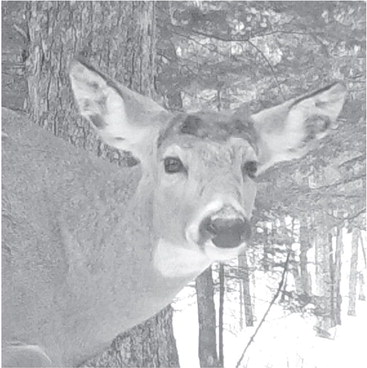Higher quotas, more permits are proposed


The coronavirus shutdown didn’t stop Taylor County’s Deer Advisory Council (CDAC), which met via conference call Monday and proposed increasing antlerless harvest quotas and ...


The coronavirus shutdown didn’t stop Taylor County’s Deer Advisory Council (CDAC), which met via conference call Monday and proposed increasing antlerless harvest quotas and ...